Nikon Z7
What is the Nikon Z7?
The Nikon Z7 is a high-resolution, full-frame mirrorless camera that has the same body design as Nikon’s Z6.
While the latter is a more affordable all-rounder, the Z7 is for photographers who demand 45.7-megapixels of resolution for landscape, wedding or still life shooting.
Compared to the Z6, it also offers a superior 493-point AF system, along with ISO sensitivity that ranges from 64-25,600. Resolution isn’t the only high thing about the Z7 – its price is also steeper than the Z6, with the latter expected to find favour with amateur enthusiasts, rather than professionals.
This means the Nikon Z7 is very much pitched against the Sony A7R III. Impressively for a first-generation camera, it manages to compete with its more seasoned mirrorless rival. In fact, it’s one of the best cameras Nikon’s ever made.
Related: Best mirrorless cameras
Nikon Z7 – Design and handling
First, the big question – will you be happy moving to the Z7 from a DSLR? For most people, the answer is yes – Nikon has basically designed a slightly miniaturised DSLR. In fact, it might not even be considered that miniature if you’re used to using one of Nikon’s smaller, entry-level type bodies.
Making the decision to keep the Z7 nice and chunky means that it feels both reassuringly weighty and well built in the hand. We’re told it’s constructed to the same tough standard as the Nikon D850, so it should withstand a shower or two, as well as the odd knock or scrape.

The Z7 is also a little larger than its closest rival, the Sony A7R III. The upshot of that is that the buttons feel much better spaced and are individually larger than on the Sony, resulting in a much less cramped feeling that you often get when shooting with an A7 series camera.
There’s a deep grip, while the array of buttons surrounding will again be familiar to anybody who has used a Nikon DSLR. There’s the familiar feel of a dual control dial at the front and rear of the grip to adjust shutter speed and manual, while a joystick at the back can be used to shift the focus point around the frame, or move through menus.
To take a shortcut to certain features, you hit the “i” button and either use the physical buttons or tap the screen to make changes. Rounding off the button set is a navipad, menu button, drive mode button, magnification buttons, an AF-On button (useful for back-button-focusing), and a display button. All but the playback and delete buttons are grouped on the right hand side of the body.
Move back to the camera’s top-plate and you’ll see a mode dial, which is relatively simple to use. You’ve got all your semi-automatic and manual modes, as well as a fully-automatic mode and room for custom groups of settings. Whether the pros that this is aimed at will want to use a fully automatic mode is questionable, but at least it means that anybody can pick it up and start shooting straightaway.

Additionally, there’s a top-plate LCD where you can view all the main settings, such as shutter speed, ISO, remaining space on the memory card, and so on.
Speaking of memory cards – now for the controversy. The Z7 is packing just one memory card slot, and it’s XQD. Not only is that bad news for anybody who wants to use a second slot for backup or overflow, XQDs are also not the cheapest to buy, especially considering you’ll probably want to buy a reader too.
For now at least, anybody buying a Z7 will be furnished with a free XQD card. There is good reason for choosing this format – it’s faster than SD, and some would say, it’s more robust too. When you’re talking about shooting quickly at super high resolutions, speed is most definitely what you need. Expect to see lots of complaints from naysayers, though.
It seems fairly obvious that another Z body will be announced in the future that’s aimed more squarely at the serious pro market, replete with two card slots.
Related: Best cameras 2018
Nikon Z7 – Screen and Viewfinder
This being a mirrorless camera, the Z7 has a 3.6-million dot viewfinder, with 0.8x magnification. It’s quite simply one of the best electronic ones on the market, and should even be enough to convince the most fervent optical die-hard that electronic is the way forward.
The ‘finder is joined by a 2.1-million dot, tilting touchscreen. The tilting mechanism is handy for composing from awkward angles, and comes into play when shooting discreet, street-type shots.

The screen’s touch-sensitivity has clearly been very well thought through too, unlike Sony’s A7 offering. Not only can you set the focus point and fire off the trigger via a tap of the screen, you can also use it to navigate around the quick and full menus, as well as swiping through images in playback and tapping to display an enlarged view of the scene.
Some may complain that the screen doesn’t fully articulate – or use a clever pivot design like the Fuji X-T series, as a tilting screen is redundant if you want to shoot portrait format. But tilting is better than nothing and in some situations is quicker and less awkward to use. Which you prefer is likely to be down to your individual preference, but it’s unlikely to be a deal-breaker either way.
Related: Best photo editing apps
Nikon Z7 – Image quality and performance
With a setup that is very similar to the Nikon D850, we were hoping to be met with superb images and excellent focusing from the Z7.
Happily, on the whole we have not been disappointed. Images are extremely detailed, show great colours and, especially when using the new S series lenses, very sharp indeed.

In our lab tests, the image detail naturally lowers as the ISO is raised, but it remains higher than most other cameras on the market. Even at ISO 12,800, resolution is at the highest you’ll get from a 24-megapixel camera. The Z7 performed admirably in our noise tests too, with its ISO 1600 images almost as good as its incredible, noise-free shots at the base ISO 64 setting.
Most of the time focusing is quick and accurate, but when using the tracking autofocus option (found in the Auto-area AF option), it struggles ever so slightly to keep up with erratic and fast-moving subjects. In fact, we’ve found its cheaper brother, the Nikon Z6, to be slightly better at tracking speedy subjects. Needless to say, the Z7 won’t be causing the Sony A9 any sleepless nights, but then again, the Z7 is not really designed as a sports and action camera.
Instead, you tend to get better results from using continuous focus with either Single Point or Wide-area AF selected, something which is easier to do with relatively predictable sports or action.

Leaving the Z7 in matrix metering mode results in well-balanced exposures in all but the most challenging of high-contrast scenarios. Automatic white balance does well when shooting under artificial light, but it can be a little on the cool side in daylight or overcast conditions – switching to a white balance preset of your choice is a good way to get around that.
One of the most important advantages the Z7 brings over something like the D850 is the addition of in-body image stabilisation. This works very well with the native lenses, as well as F-mount lenses via the adapter, to help you shoot handheld and still be left with sharp shots – a real bonus for low-light and telephoto work.
Battery life is a bit more standard – the Z7’s CIPA rating is 330 shots from charge, though it’s fair to say that’s a little conservative. During my testing I filled a 32GB card and it only went down to 71%. For most enthusiast users it should last a day, but pros should definitely invest in at least one spare battery (which will set you back £69.99).
Handily, the battery can be charged in the camera via a USB-C charger, though this won’t work if you’re using an old EN-EL15a battery from an existing camera.
Related: Best of Photokina 2018
Why buy the Nikon Z7?
The Z7 is one of the best high-resolution, full-frame cameras you can buy right now. Rather than attempting to protect its DSLRs, Nikon has gone all-out to make a professional mirrorless camera that feels like a traditional Nikon – and it most ways, it’s succeeded.
If you’re an existing Nikon DSLR owner – especially one who owns a higher-end model like the D850 – you’ll be able to pick up the Z7 and use it in almost exactly the same way that you’re used to. That makes it very appealing for those who are keen to pick up all the advantages of a mirrorless model, but are a little cautious about making the transition.

There will be many working pros who are so put off by the lack of a second card slot that they’ll be playing the waiting game a little longer for a ‘Z1’ or ‘Z3’ to come along.
It’s also true that for amateur improvers, the Z6 is a far more suitable Nikon mirrorless option. We’ve now reviewed that camera and rate it as our favourite full-frame mirrorless all-rounder, alongside the Sony A7 III. In many ways, this chassis is more suitable for keen amateur photographers, particularly with that single card slot and slightly limited battery life.
Still, one card slot aside, this is close to being the perfect first step in what almost certainly looks like the future for Nikon and its rivals.
Verdict
One of the finest cameras Nikon has ever made and a genuine alternative to Sony’s A7R III, the Z7 has more than exceeded our expectations of its first full-frame mirrorless camera.
Related: Nikon Z6 vs Nikon Z7: what’s the difference?
Nikon Z7 – The Rivals
Sony A7R III

Perhaps the Z7’s biggest, and closest rival, is the Sony A7R III. If you’re so frustrated by the single card slot, then Sony is a good choice, and also gives you some advantages when it comes to tracking and autofocus speeds.
Still, the Z7 is a much nicer camera to hold and use, thanks to a slightly larger body, nicer spacing of buttons and a much better touchscreen interface.
Nikon D850

In some respects, the Z7 is like a miniature Nikon D850. It’s got the same tough construction, a similar high-resolution sensor, and comparable frame rates. You also get a much better battery life, an optical viewfinder and traditional handling.
But the price you pay is a heavier and larger body and no silent shutter option. There’s not necessarily a clear winner here per se, but if you’re considering upgrading, you now have an extra round of thinking to do.
Canon EOS R

If you already have a stash of EF lenses and are looking to make the leap from DSLR to mirrorless, then the Canon EOS R is certainly a sensible choice.
It offers the feel of Canon’s DSLRs while reducing the bulk and, unlike Nikon’s Z Series, has a fully articulating screen.
But there are also a few downsides that see if fall just short of its rivals. Its price (£2,350 for body and EF lens adaptor) and sensor resolution (30.3-megapixel) see it fall into a kind of no man’s land between the all-rounders and the pro-friendly, high-resolution monsters.
The EOS R also lacks in-body image stabilisation, has a slower frame rate at 5fps with autofocus enabled, and can only shoot 4K with a 1.7 times crop factor. Like the Nikon Z7, it also only has one card slot (SD rather than XQD), which limits its appeal for the pros who are mostly likely to be able to afford it.
The post Nikon Z7 appeared first on Trusted Reviews.

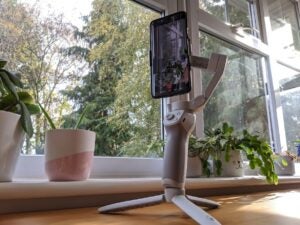

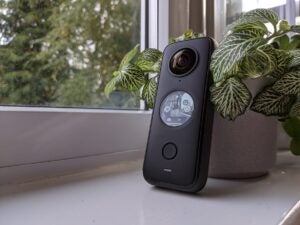
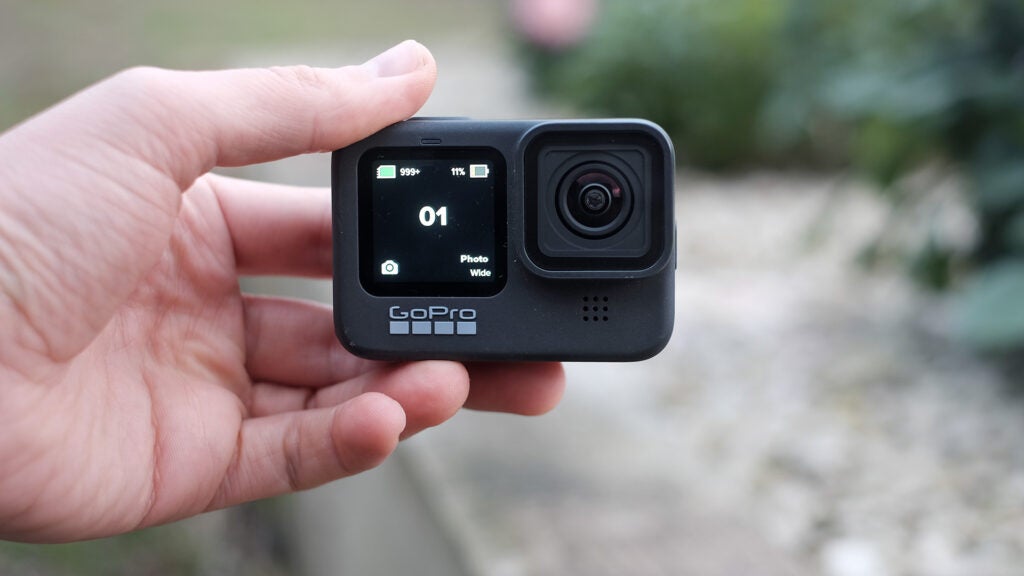










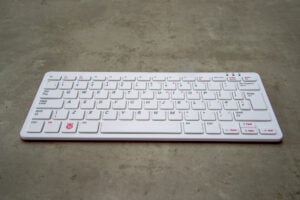

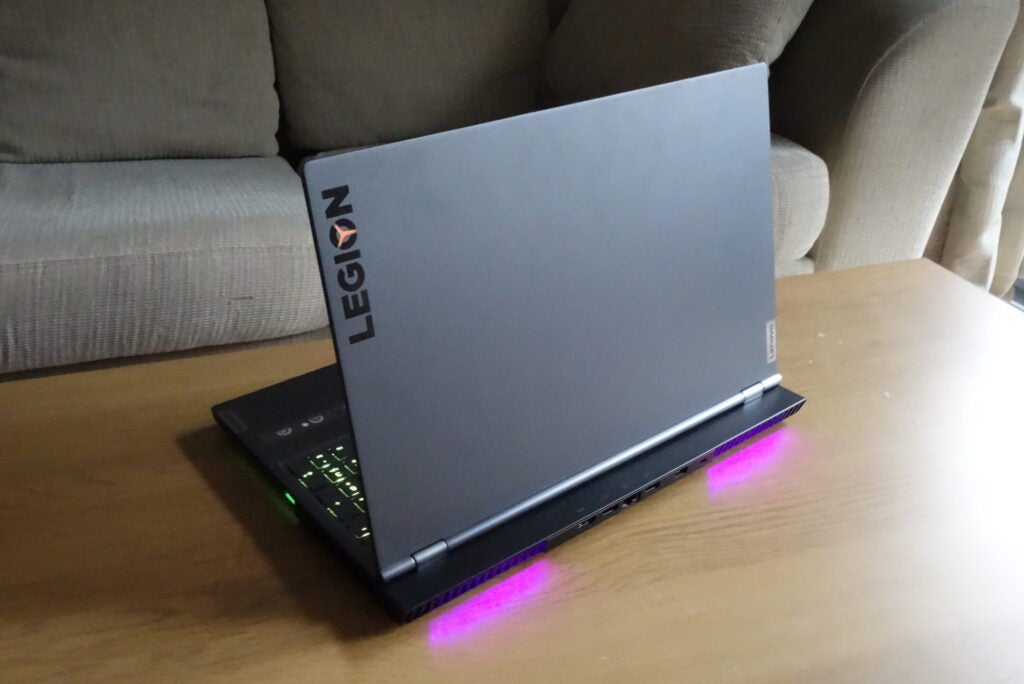
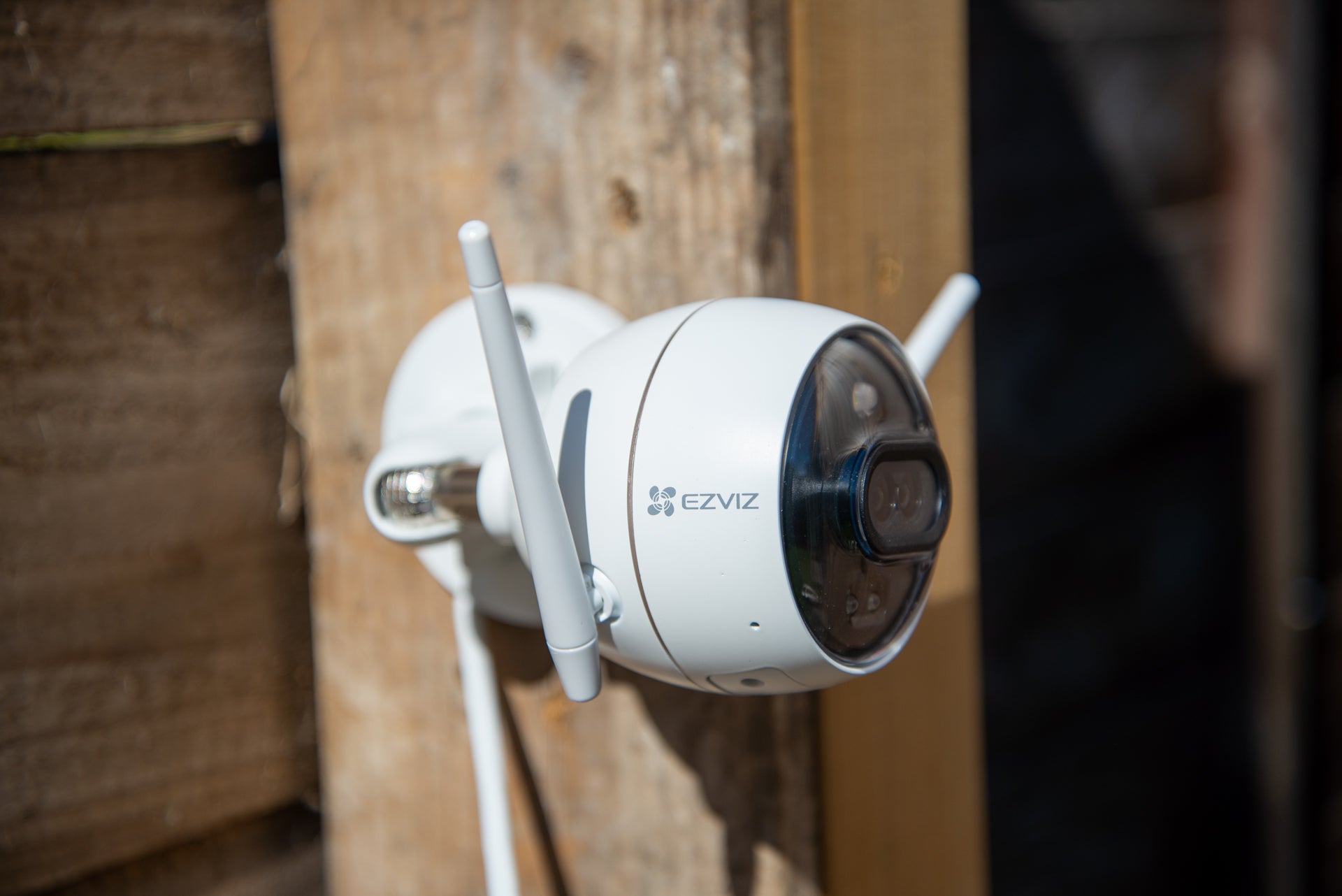










The Nikon Z7 is a highly capable mirrorless camera that has gained a lot of attention among photographers. It offers a range of features that make it an excellent choice for various types of photography.
ReplyDeleteAt its core, the Nikon Z7 boasts a full-frame 45.7-megapixel sensor, delivering exceptional image quality with impressive detail and dynamic range. This high-resolution sensor allows for large prints and extensive cropping without compromising on image quality.
One standout feature of the Z7 is its advanced autofocus system. It utilizes 493 phase-detection autofocus points that cover a wide area of the frame, ensuring accurate and fast subject tracking. This makes it suitable for capturing fast-moving subjects or shooting in challenging conditions.
The camera's in-body image stabilization (IBIS) is another notable feature. The Z7's 5-axis IBIS compensates for camera shake, allowing for sharper handheld shots and facilitating low-light photography. This feature is particularly beneficial when using non-stabilized lenses or shooting in situations where a tripod is not feasible.
The Nikon Z7 also offers a high-resolution electronic viewfinder (EVF) with a sharp and detailed display. The EVF provides a real-time preview of exposure, white balance, and other settings, allowing for more accurate composition and exposure control. Additionally, the camera features a tilting touchscreen that enables intuitive navigation and touch-to-focus functionality.
Furthermore, the Z7 supports 4K UHD video recording, offering excellent video quality with various frame rates and enhanced focusing capabilities. It also includes features like focus peaking, zebra patterns, and an external microphone input, making it a viable option for videographers.
The camera's robust build quality, weather sealing, and comfortable grip contribute to its overall appeal, ensuring durability and ease of use in various shooting environments.
While the Nikon Z7 is an impressive camera, it's important to consider your specific needs, shooting style, and budget before making a purchase. It's worth trying out the camera in person or reading comprehensive reviews to determine if it aligns with your requirements. Remember, the camera is a tool, best cameras for video, and your skills and creativity as a photographer will ultimately make the difference in capturing exceptional images.